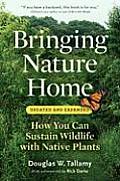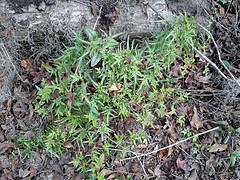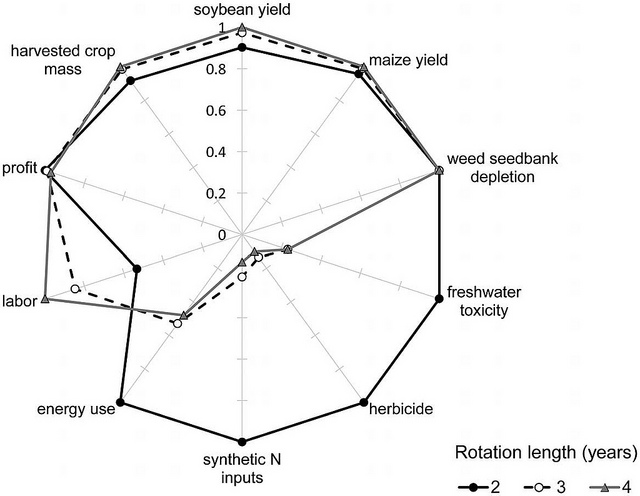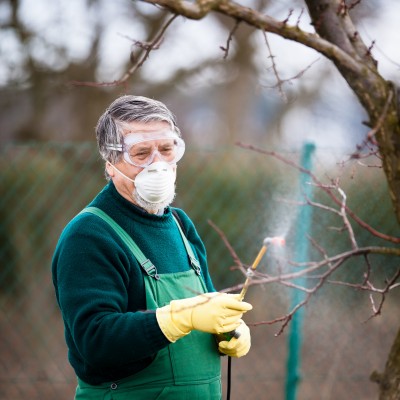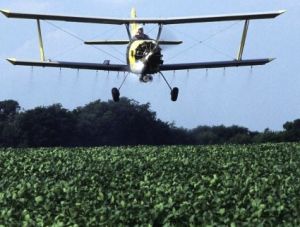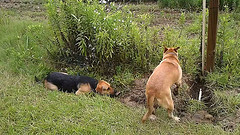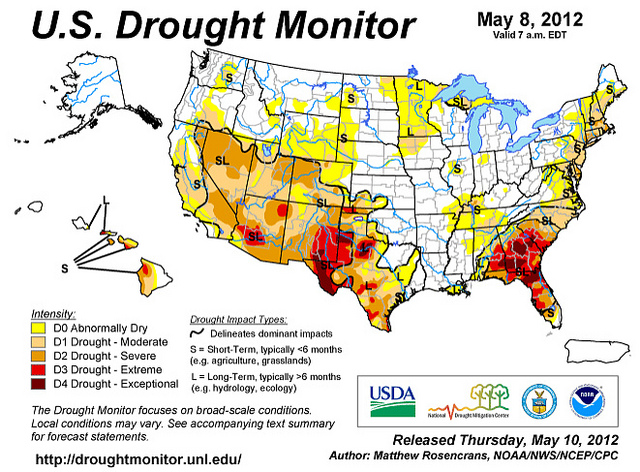I think this is the third year of a fascinating conference that started when some people in south Georgia realized nobody else was going to talk about what it takes to grow local sustainable food here below the gnat line in this longleaf pine land of tea-colored rivers, acid soil, and rich gardening traditions. -jsq
Red Earth Farm Janisse Ray present:SoGa Growing Local & Sustainable Conference
A day-long, information-rich, action-packed, affordable conference designed to get you healthier and save you money.
When and Where:
9AM to 6PM, Jan. 26, 2013
Tattnall County High School,
Highway 23/57 South,
(1 Battle Creek Warrior Blvd)
Reidsville, GA 30453Registration:
PDF, Word
$30 before Jan. 15;
$45 afterwards.
Includes lunch.Many do-it-yourself workshops in homesteading and country living: mushroom culture, beekeeping, backyard chickens, soil-building, small fruit production, economics, gardening for wildlife, charcuterie, natural cleaning, fermentation, herbs on the menu, natural cleaning & body care products, making jams & jellies, vermiculture, weed management, marketing, everything you need to know about small farming. Ladies Homestead Gathering, seed-saving. And so much more….
Conference actually starts on Friday with a potluck, reading & a showing of the film “Grow.”
For more information see Registration on the left here, or email redearthfarm at yahoo.
Gretchen Quarterman will be giving a workshop at the Growing Local conference: Beginning lesson on home made jams and jellies. What you’ll need (not much) to start making delicious sweets from fruits that are easily available.
Inspirational gardener & naturalist Ellen Corrie of Tifton, Ga. will be teaching a workshop on Gardening for Wildlife at the Growing Local conference Jan. 26. This presentation will look at how gardening for wildlife makes your garden (whatever size) healthier and helps restore habitat and preserve biodiversity. There’ll be an overview of factors which need to be considered to attract and keep any wildlife or beneficial general. I’ll focus on pollinators and specific practices and plants to attract them. — with Leeann Drabenstott Culbreath and Dan Corrie.
Albert Kipple Culbreath will be teaching a Mushroom-Growing Workshop at the conference. Inoculation and care of logs for production of shiitake and oyster mushrooms. Will include information on where to obtain supplies, how to handle logs, which type logs to use, care for the logs, and culinary uses. Sign up now. — with Leeann Drabenstott Culbreath.
 facebook event
facebook event
